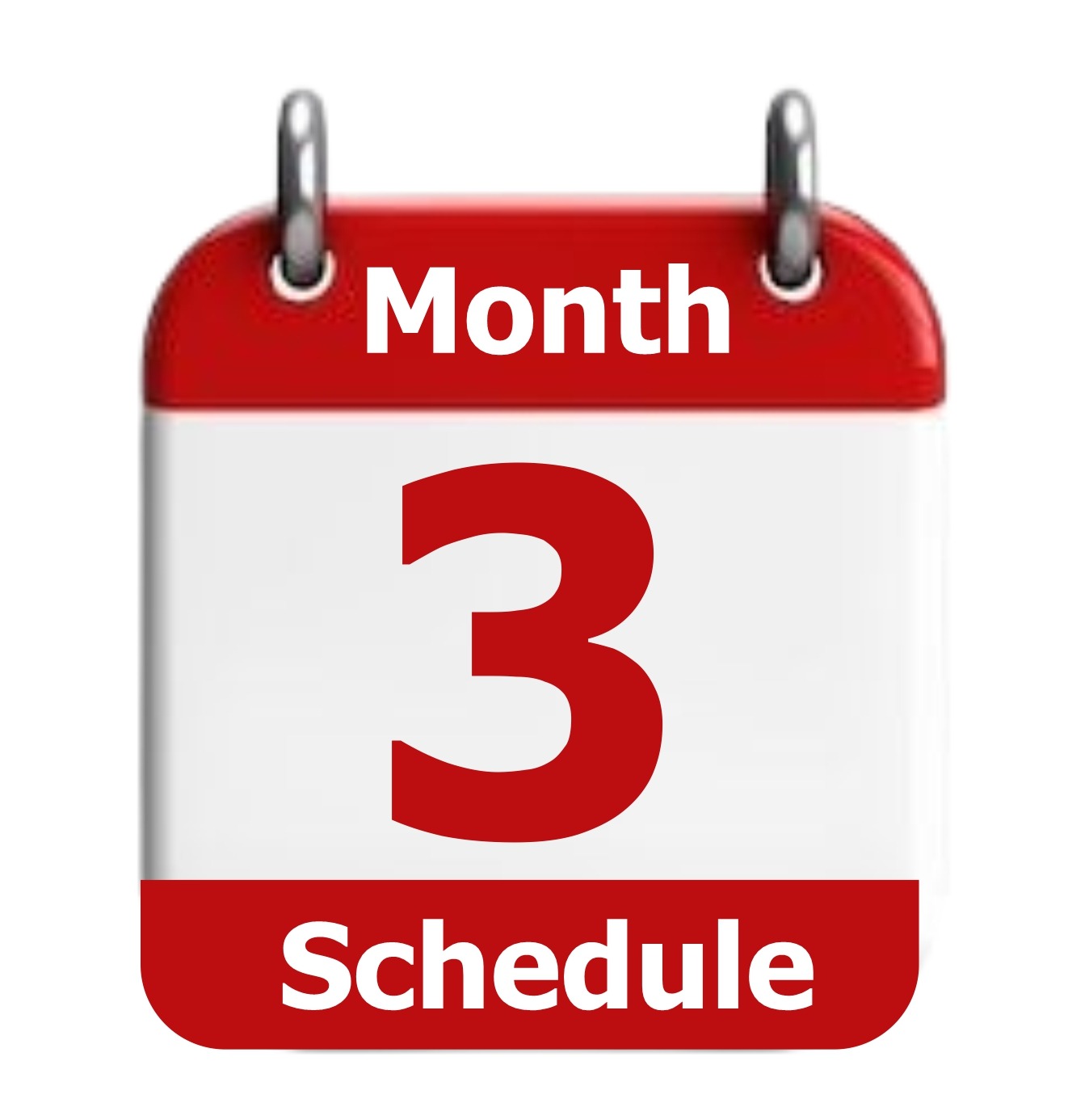Month 1: Foundation Building & Theoretical Knowledge
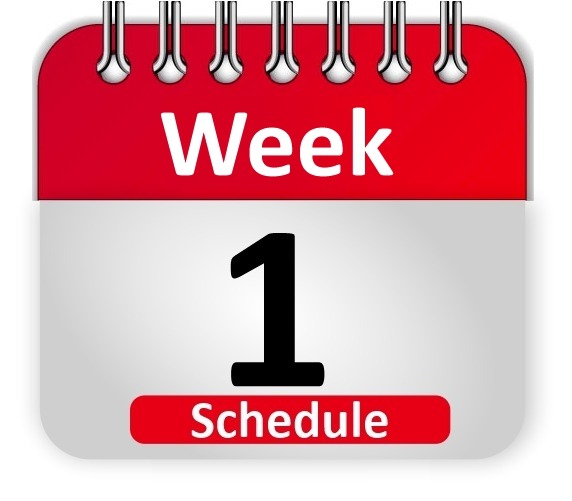
Week 1: Introduction to Panchakarma & Ayurveda
• History and philosophy of Ayurveda
• Doshas, Dhatus, and Malas
• Importance of Panchakarma in Ayurvedic treatment
• Types of Panchakarma therapies
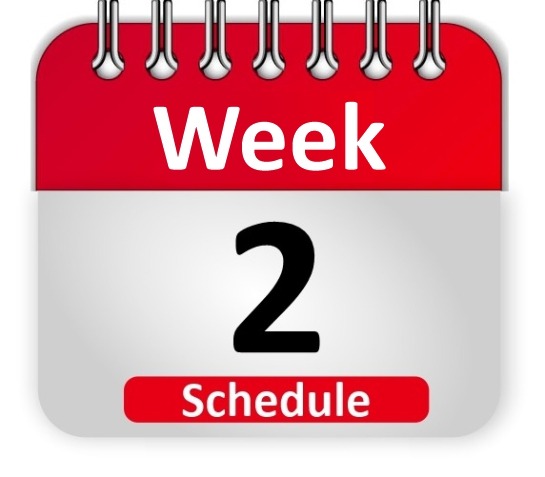
Week 2: Understanding Individual Prakriti and Vikriti
• Pulse diagnosis and other diagnostic methods
• Identifying individual constitutions (Prakriti)
• Recognizing imbalances and disease states (Vikriti)
• Matching Panchakarma therapies to individual needs
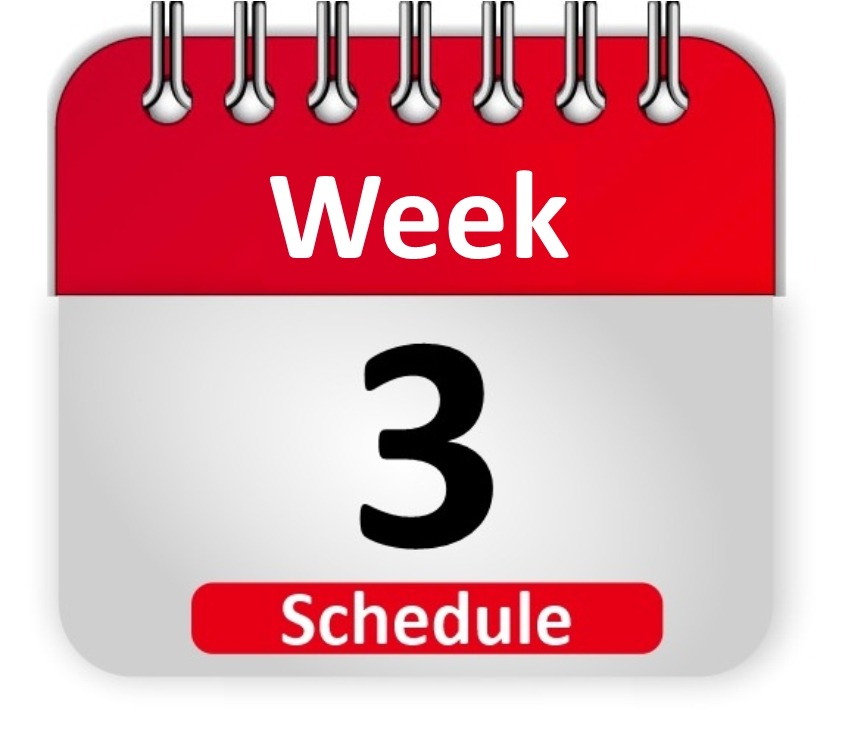
Week 3: Deep dive into the Five Pillars of Panchakarma
• Vamana (Therapeutic emesis)
• Virechana (Therapeutic purgation)
• Vasti (Medicated enemas)
• Nasya (Nasal administration of medicines)
• Raktamokshana (Bloodletting)
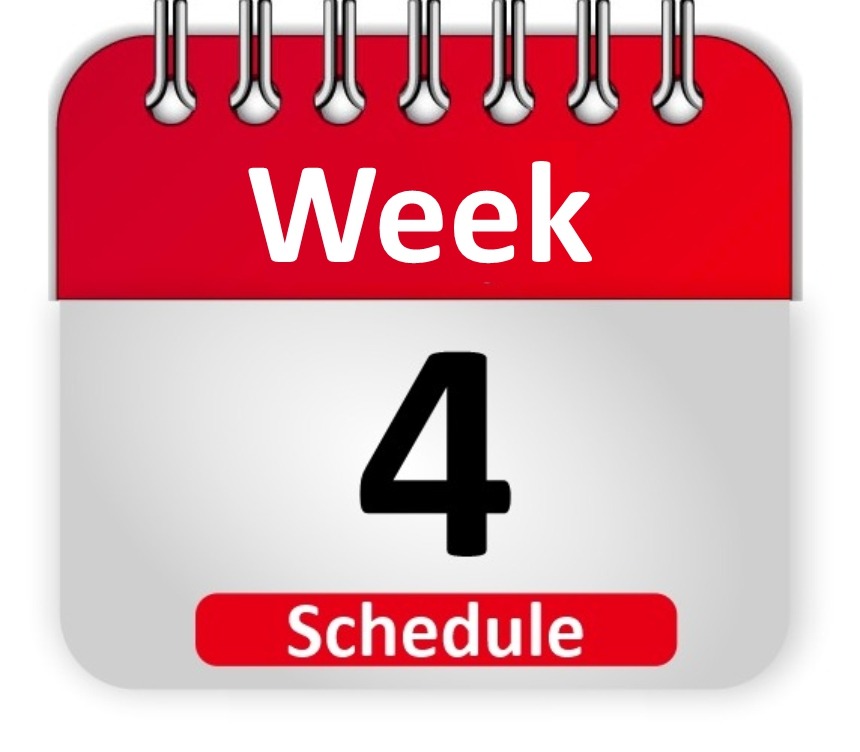
Week 4: Additional Panchakarma Procedures and Complementary Therapies
• Shirodhara (Forehead pouring)
• Abhyanga (Ayurvedic massage)
• Swedana (Therapeutic sweating)
• Marma therapy (Pressure point therapy)
• Yoga and pranayama for Panchakarma detoxification

